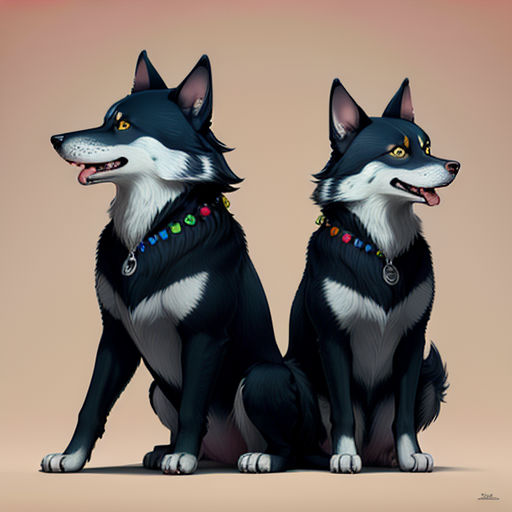
The Evolutionary Canines
By Storybird

20 Sep, 2023
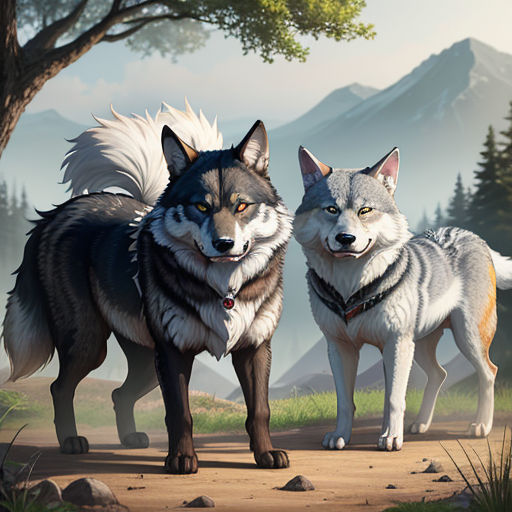
At the beginning, dogs were not exactly like the dogs we know today. They evolved from wolves around 15,000 years ago, and the changes in their physical appearances were not solely due to human intervention.
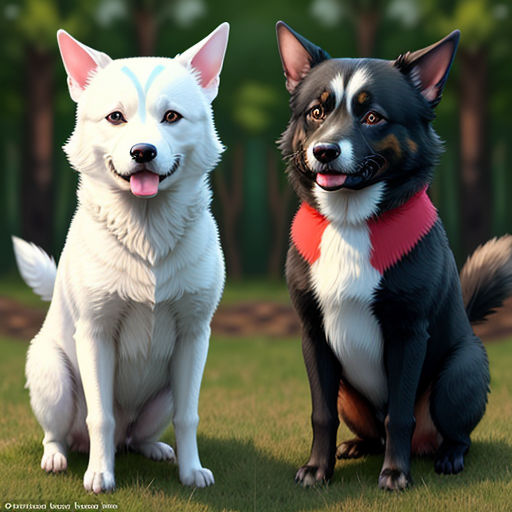
The concept of sexual dimorphism, which refers to distinct differences in size or appearance between males and females of the same species, became apparent as dogs evolved. It was nature's way of helping them adapt to their environments as well as improve their chances for reproduction.
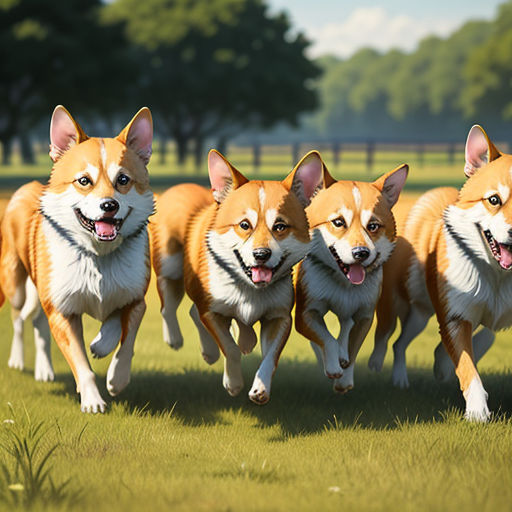
In the early stages of dog evolution, there were few observable differences between male and female dogs. Their physical appearances were quite similar, making it challenging to differentiate them from each other.
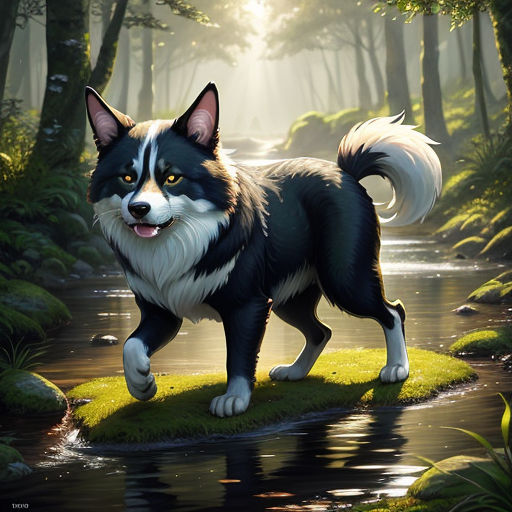
However, as time went on and these canine ancestors started to adapt to their environments, minor changes started to occur. These changes were driven by various pressures including competition for resources and mates.

One of the first observable traits of sexual dimorphism in dogs was size. Generally, male dogs started evolving to be larger than their female counterparts. This was crucial in a competitive environment, as larger size often meant better chance at survival and reproduction.
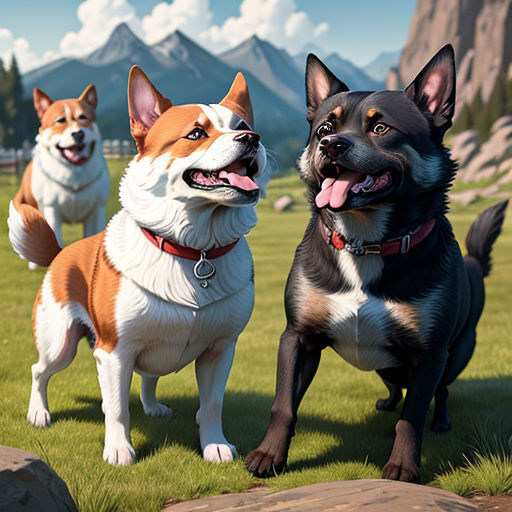
There were other physical changes as well. Male dogs started to develop more robust features like a larger head and a broader chest, which gave them an edge during conflicts with other males for territorial dominance and access to females.
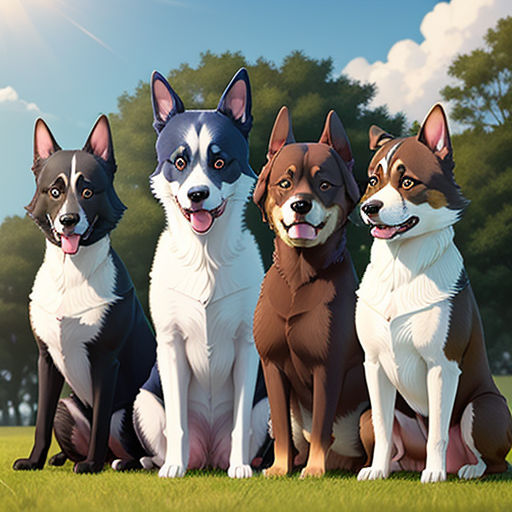
On the other hand, the female dogs also developed specific traits. Due to their role in carrying and nurturing offspring, they developed a leaner, more streamlined body shape. Their features were softer, and their overall body structure was more conducive to childbirth and rearing.

Another fascinating aspect is that male and female dogs began displaying different behavioral traits. While males typically exhibit more dominant and aggressive behavior, females are generally more nurturing and protective of their offspring.

The development of these traits was not an overnight process, but something that happened over thousands of years. It was only through gradual evolution and natural selection that these traits became prevalent in the species.

Today, the sexual dimorphism in dogs is quite prominent. It is easy to differentiate a male dog from a female dog based not just on physical characteristics, but also by observing their behavior.

Despite the differences, it's important to note that all dogs, regardless of their gender, have the same basic needs - love, care, and companionship. They all have the capacity to form strong bonds with their human families.
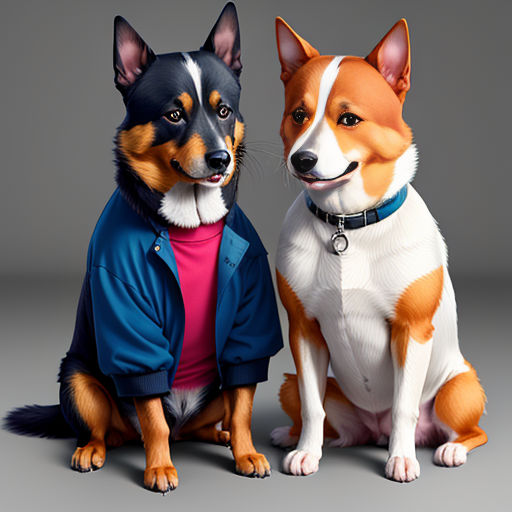
It's also crucial to remember that while sexual dimorphism gives us a general idea about the differences between male and female dogs, there are exceptions. All dogs are individuals with their own unique traits and personalities.
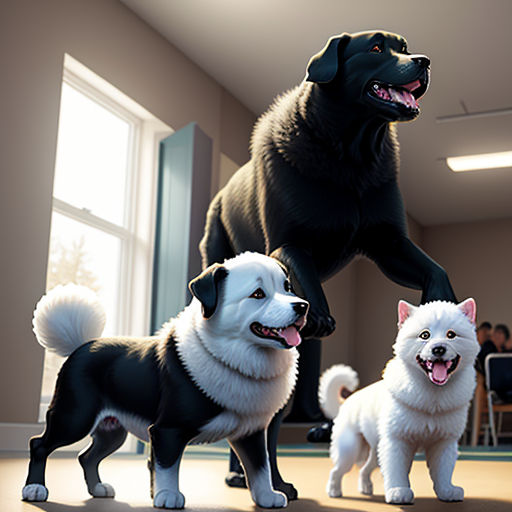
The influence of sexual dimorphism on dogs' behavior and temperament can also be modified by training and socialization. So, it's always important to consider the individual dog’s personality and upbringing as well.
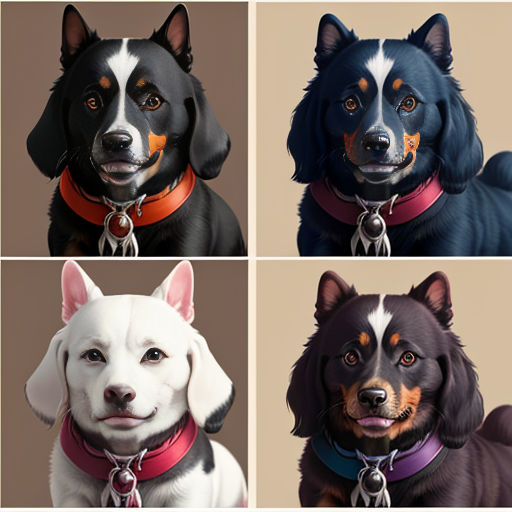
So far, the evolution of dogs has been a fascinating journey, and understanding sexual dimorphism adds another layer of depth to our understanding. It helps us appreciate the diversity within the species and differentiate between the sexes.

However, it’s also necessary to remember that despite these differences, dogs are not so different from us humans. Much like us, they too have evolved over time to adapt to their environments and improve their chances of survival.

And just like us, they too have their own unique individualities, which are shaped not just by their biological characteristics, but also by their experiences and environments.
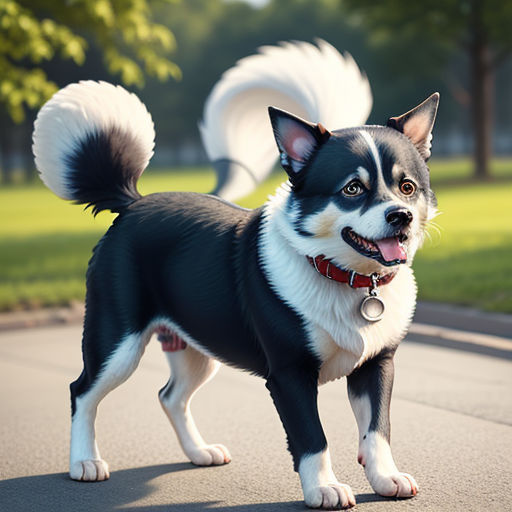
It is these shared traits of adaptability, resilience, and individuality that make dogs such wonderful companions for us humans. They remind us of our own journey of evolution and the beauty of diversity.

Beyond the physical differences, the innate traits of loyalty, unconditional love, and companionship that dogs possess are universal across genders. These are the traits that make them our best friends and invaluable family members.
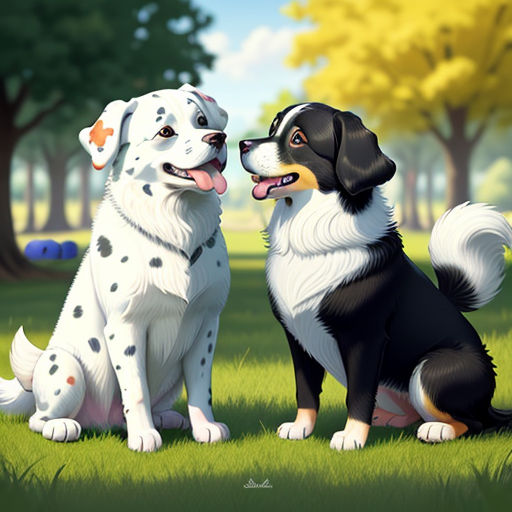
So, while understanding sexual dimorphism in dogs can help us better care for and understand our canine companions, it is ultimately their personalities that make each one of them special and unique.
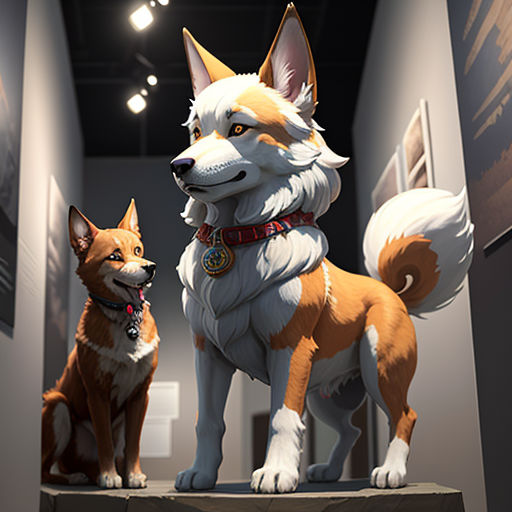
The journey of understanding the evolution of dogs continues. With every new discovery, we get a little closer to unraveling the secrets of their past, which helps us better understand and appreciate our beloved companions today.

The study of sexual dimorphism in dogs is not just scientifically fascinating, but also valuable for dog owners. It helps us make informed decisions about dog breeds that best suit our lifestyle and understand their behavior better.
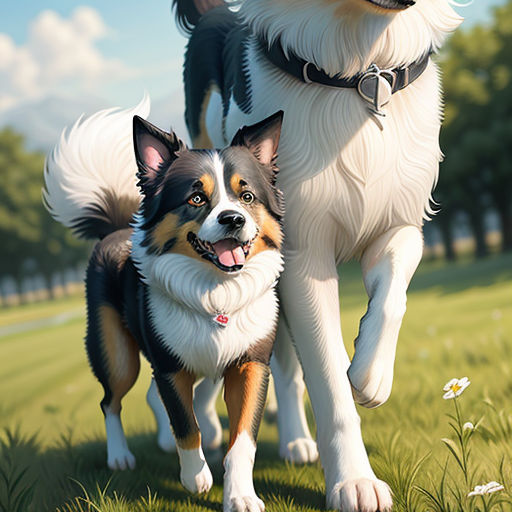
It's fascinating to observe the similarities and differences between male and female dogs and to understand how these have influenced their survival and evolution. These differences, though, do not define them entirely as each dog is a unique individual with its own quirks and personality.

If there's one thing we can learn from the remarkable journey of dogs' evolution, it's that nature is a master designer. She creates, molds, and refines life in ways that ensure survival, diversity, and continuity.

Birth, growth, mating, parenting, aging, and finally, passing on genes to the next generation - these are universal life processes that apply to all organisms, including humans and dogs. Understanding these processes adds to our respect and love for our furry friends.
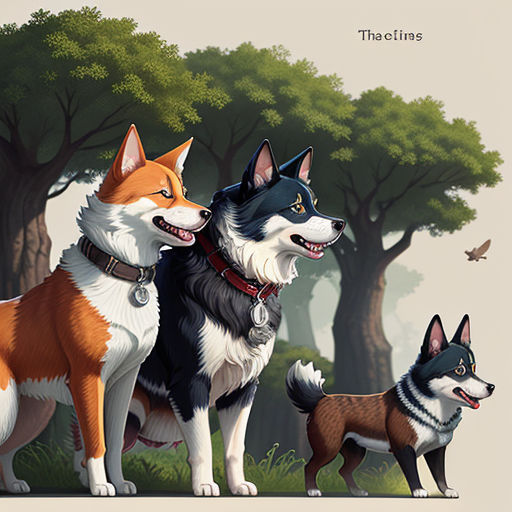
As we move forward and continue to study the evolution of dogs, we're bound to uncover more interesting facts about these wonderful creatures. Their story is a testament to the incredible adaptability and resilience of life.